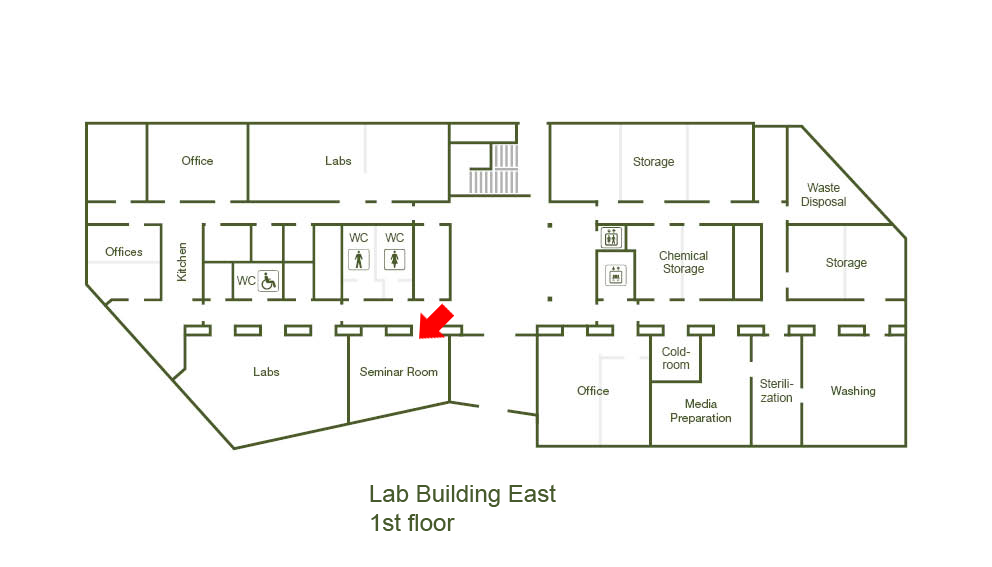Molecular mechanisms of efficient coding at the first auditory synapse

Information about the auditory world enters the brain through auditory nerve fibers. In mammals, each of these fibers is exclusively driven by single presynaptic active zones of inner hair cell ribbon synapses. Experimental evidence suggests that exocytosis of separate presynaptic vesicles, which is in turn induced by opening of individual Ca2+ channels, at these active zones is sufficient to trigger action potentials in the auditory nerve fibers. At first sight, such a synaptic design maximizes contamination of the signal transduction by thermal fluctuations, and is inferior to other synaptic types found in the nervous system. This idea, however, is at odds with the fact that the auditory sensory system works with unparalleled temporal precision over a wide range of stimulus intensities. In this talk, an explanation of the aforementioned contradiction will be presented. Results of a mathematical modeling study constrained by a wide range of experimental findings will be discussed. These results reveal the presence of several presynaptic strategies to suppress the deteriorating effect of the thermal fluctuations at the hair cell ribbon synapses. Consequently, an apparently miserable synaptic setup is turned into an exemplary one.